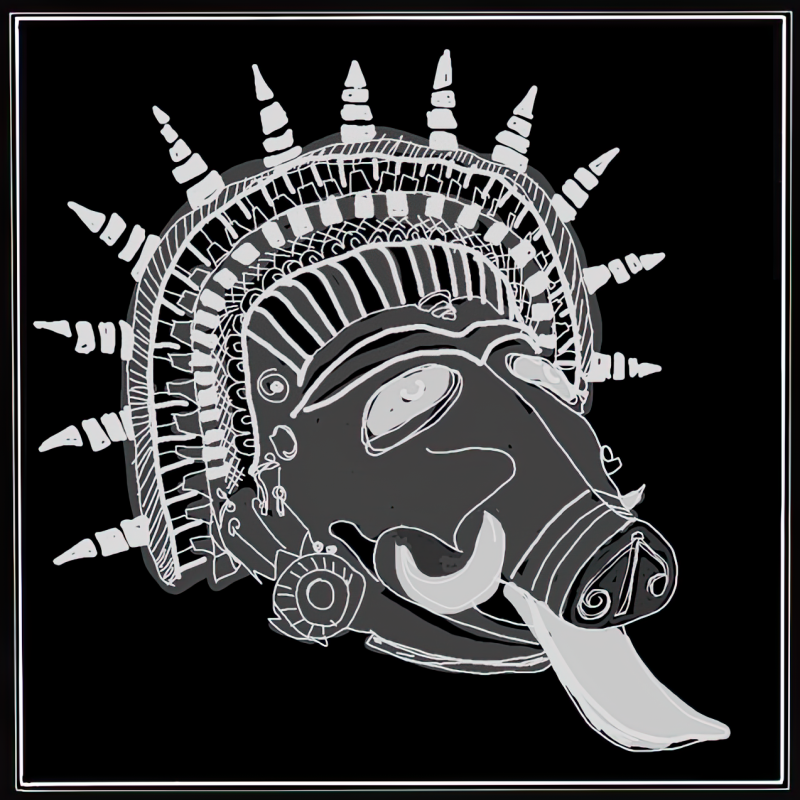Говорят, у Медузы очень красивые глаза, Странник. Посмотри и убедись, если не веришь.
Bestiary.us
энциклопедия вымышленных существБыстрый переход
- Транслятор имен Здесь у Вас есть уникальная возможность узнать, как могло бы звучать Ваше имя на языках различных вымышленных рас. При этом результат имеет смысловую нагрузку. Так к примеру, эльфийские имена собираются по грамматическим правилам квэнья и других эльфийских языков исходя из значения Вашего настоящего имени.
- Рождественский бестиарий Портал посвящён существам и обычаям, относящимся к традиционным зимним праздникам, в центре которых находится Рождество. Подобно многим сверхъестественным существам этого периода, портал появляется в нашем мире только на время, с 5 декабря по 15 февраля.
- Бестиарий «Волчонка» Материалы портала посвящены мифологии сериала "Волчонок" (Teen Wolf), различным легендам и поверьям о вервольфах и других существах, встречаемых в сериале.

